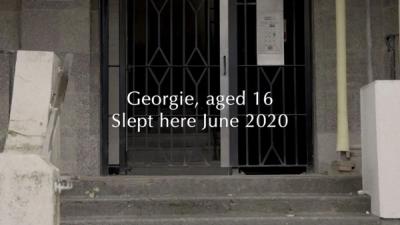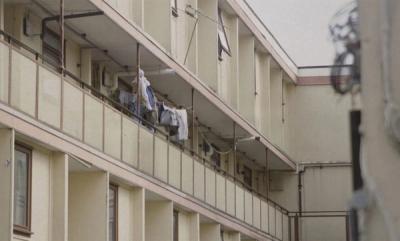Today I’m thinking of my friends in the TAAG (Temporary Accommodation Action Group) in Newham, east London, and the families on those long waiting lists which can last up to 10 years. I’m thinking of those who are in emergency and temporary accommodation waiting for their turn. There’s a particular family I met there who are in my mind, moving from hotel to hotel without a kitchen... In today’s budget, £500 million was allocated towards affordable housing – a step forward for which I’m grateful. But this funding must be complemented by immediate measures to address the pressing issues within the private rental sector (PRS). Eviction from privately rented accommodation is the key reason why individuals and families find themselves without a secure home.

We need stronger regulations and funding to prevent evictions, improve the quality of shared housing, and ensure councils have the resources to enforce standards. Addressing these issues is essential in preventing homelessness and will reduce the reliance on poor-quality ‘temporary’ accommodation. It's good to see the small funding boost to council planning teams. Planning authorities require funds to support their residents in securing safe and long-term accommodation. Currently, there are sparse resources and a lack of joined up thinking within planning and housing departments, which hampers their ability to make the necessary impact in their boroughs. So while this funding boost is a step in the right direction, more substantial ongoing support is needed if we are to ensure these teams can effectively serve their communities. Miranda previously collaborated with leading industry professionals on a research initiative exploring how 'emergency housing for homeless young people must be better designed', featured in Icon magazine. The project established guidelines aimed at informing new policy and setting national standards for the provision of purpose-built emergency temporary accommodation. You can watch the project video here: Emergency Homes for Young People: RIBA Research Fund Project 2019
